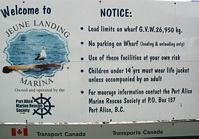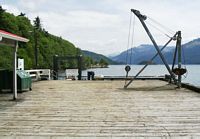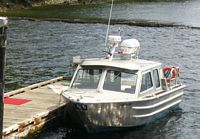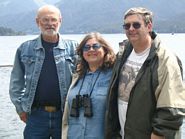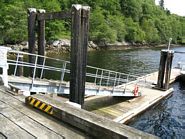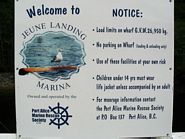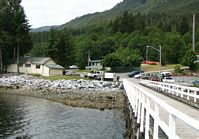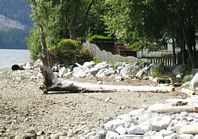Day 26 (Wed. June 07/06)
Port Alice, Vancouver Island
I had a leisurely morning cleaning up Laurie's computer and then we toured Port Alice,
starting with a volunteer Salmon fish hatchery, which is no longer in use because the
"authorities" said they were producing too many fish to re-stock the local waters.
The 3rd picture is a separator tank where the mature fish are kept, while the 4th and 5th
pictures show the tanks where the eggs are hatched. The round lid is an automatic feeder for
the newly hatched salmon.
The 6th picture shows the plumbing used to draw fresh water from the stream for the fish tanks,
then return it back to the stream. In picture #8, you can see tools like you would use in your
home aquarium, only larger.
The last picture shows "fish tubes" that are stored in the rafters. They are used to transport
fish up river that are caught down river by dragging them up river in the tubes, keeping them in
the water.
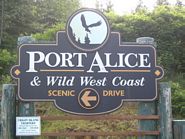

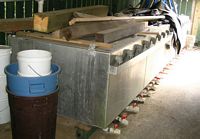
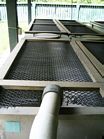
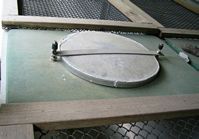



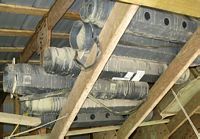
Limestone is mined about 2 miles away from this "loading station" where it is loaded into
ships. The first picture is the conveyor that loads the ships and the last picture is where
the trucks back up to dump their load of limestone to load the ships.
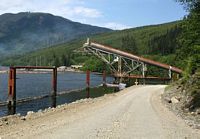
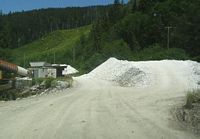
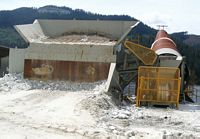
The pulp mill used to supply jobs to about 450 workers before it was shut down. The population
of Port Alice was about 1600 people when the plant was in full operation. It is now back in
operation and employs about 300 workers now, but the population is around 800 now.
Port Alice used to be about 7 miles further west, but was moved when the plant was shut down.
Houses were moved to the new location and a golf course was created on the land the houses were
moved from.
On the way out of the pulp mill property, there is a car wash to wash off any fallout created from
the plant and all the dust that was collected on the gravel roads.
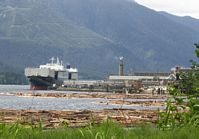
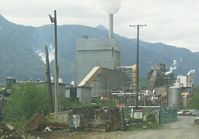
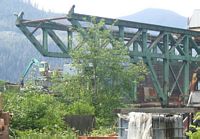
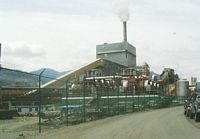
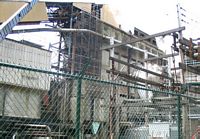
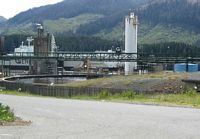
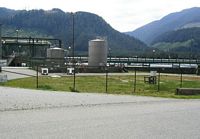
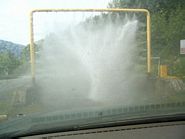
Jeune Landing is a small port where local fishing boats can come in and off load their cargo
into small trucks. The boat in picture #3 is a "crew boat" that is used to ferry pulp mill
workers to the pulp mill. Picture #5 shows the boat wharf at low tide. At high tide it is up
to the top of the ramp, making the ramp level.
Pictures 7 & 8 show where they have the lumberjack contests such as climbing the pole, sawing
logs etc. The last picture is of a log that was floating at one time and the root that probably
hung down and dragged the bottom to stop it from coming in close to shore. All you would see is
the log while is was in the water.
